Have you ever felt the soft, uncertain paws of a cat tiptoeing around your living room, eyes wide, tail tucked low? If so, you might have an emotionally sensitive feline in your care—one who feels the world a little deeper, a little sharper than others. These cats aren’t just “shy” or “timid.” Their hearts wear every sound and movement like a nerve exposed. But here’s the beautiful truth: you can become their safe haven, the anchor in their swirling, stormy sea. Creating a sanctuary for an emotionally sensitive cat isn’t just about comfort—it’s about trust, understanding, and love in its quietest, most powerful form. Let’s dive into how you can transform your home, your hands, and your heart into the softest landing spot for the feline soul that needs you most.
Understanding Emotional Sensitivity in Cats

Emotional sensitivity in cats can show up in surprising ways. Some cats startle at the smallest sound, while others hide for hours after a knock at the door. This isn’t just “cat drama”—these are real, lived experiences for sensitive felines. Imagine the world as a loud, unpredictable place, and you’ll get a sense of what it’s like for them. Genetics, early life experiences, and even their mother’s personality can shape how sensitive a cat becomes. Recognizing this means you’re already halfway to helping them. Every flick of their tail or flattened ear is a message; learning to read these signs is your secret weapon. Sensitive cats aren’t broken—they’re just tuned into a different frequency.
Reading Your Cat’s Body Language

Cats may not speak, but their bodies sure do. Ears flattened back, pupils wide as saucers, a tail tucked or flicking like a nervous drum—all these are signals. A sensitive cat might also freeze, slink low to the ground, or hide in impossible places. Learning these cues is like deciphering a secret code. When you notice these signs, pause whatever you’re doing and take a mental note. This isn’t the time to scoop them up or introduce a new toy. Instead, let your cat set the pace. The more you learn their signals, the safer they’ll feel, knowing you “get” them.
Choosing the Right Safe Spots in Your Home
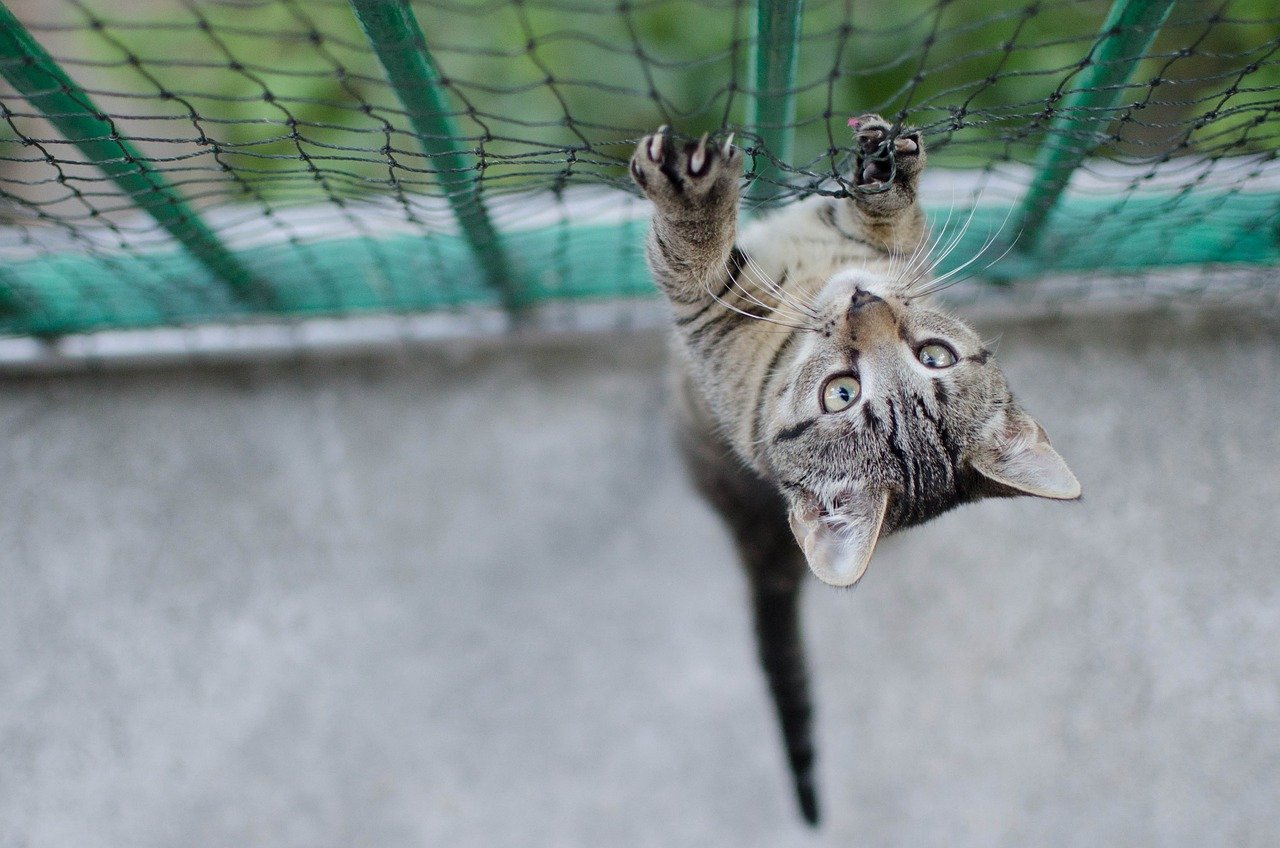
Sensitive cats crave places where the world can’t reach them. Think of cozy nooks under the bed, a quiet corner behind the couch, or a sunbeam on a high perch. Don’t force your cat to use these spaces; let them discover and claim what feels right. Try to position these safe spots away from noisy appliances, busy hallways, or windows with lots of foot traffic outside. Soft bedding, covered beds, or even a cardboard box can do wonders. When you respect their need for a retreat, you tell your cat, “It’s okay to take a break. I’ll be here when you’re ready.”
Managing Noise and Sudden Movements

For emotionally sensitive cats, every slam of a door or sudden shout can feel like a thunderclap. Start by lowering the overall noise in your home—turn down the TV, close doors gently, and avoid sudden, loud laughter or conversations near your cat’s safe zones. If you have children or guests, explain the importance of calm movements and quiet voices. Even your own footsteps can be softened by wearing socks or slippers. Over time, your cat will learn which sounds are safe and which ones they can ignore. This gentle approach is a gift that helps them breathe a little easier.
Building Trust Through Consistency

Trust isn’t earned overnight, especially with a sensitive cat. They thrive on routines: feeding times, play sessions, and even your own comings and goings. Try to keep these rituals consistent. A sudden change in schedule can unsettle your cat more than you might expect. Greet them with the same soft voice, offer treats at predictable times, and respect their boundaries. Consistency is like a warm blanket for their anxious hearts. The more reliable you are, the more they’ll come to see you as their anchor in a world that sometimes feels like it’s spinning too fast.
Gentle Approaches to Handling
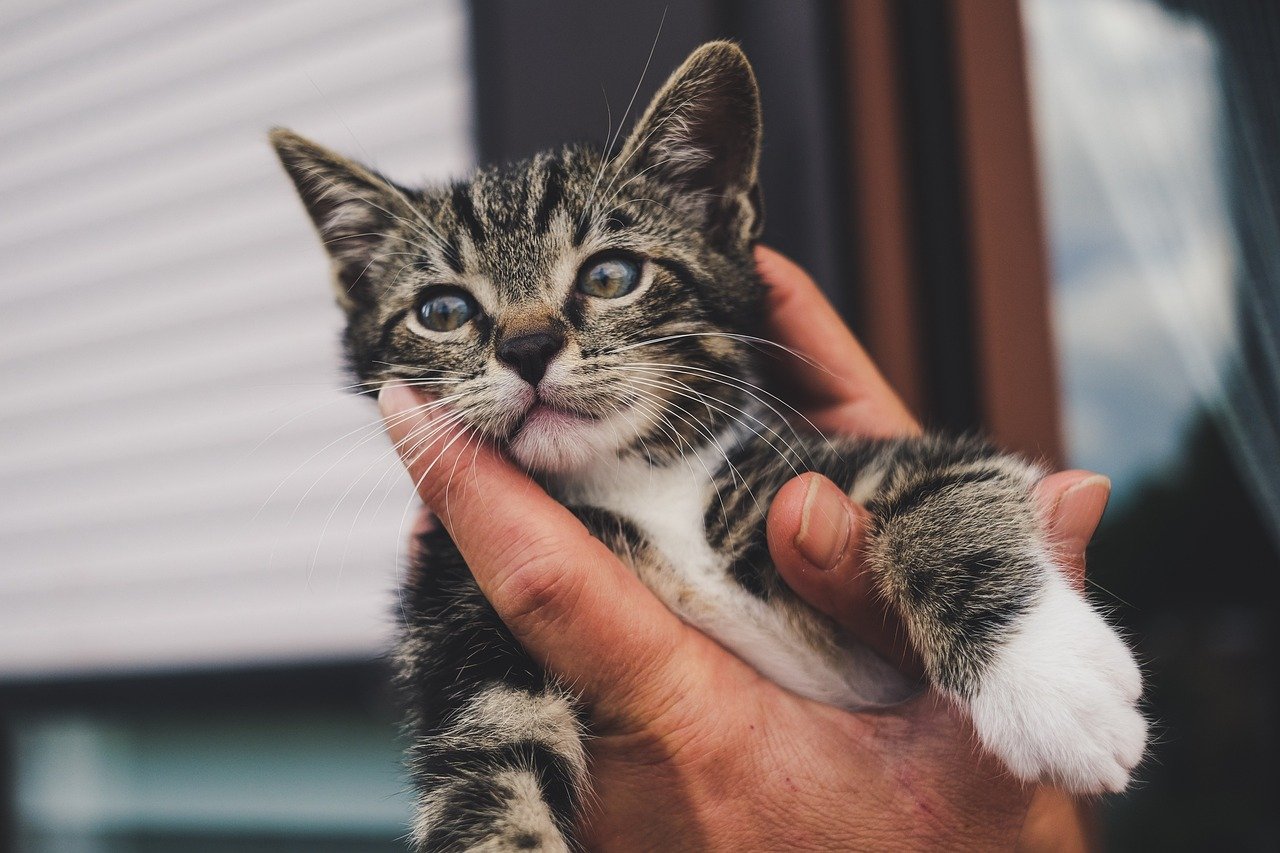
Picking up a sensitive cat can feel like handling delicate glass. Always approach slowly, with open hands and a soft voice. Let your cat sniff your fingers before you attempt to pet or lift them. If they recoil or flatten their ears, stop and give them space. Never grab or chase—this only teaches them that humans are unpredictable. When you do need to handle them (like for vet visits), wrap them in a blanket or towel to give a sense of security. Over time, your calm presence will reassure them that you’re a safe person to trust, even when life gets a little scary.
Creating a Calming Environment

A peaceful home is a haven for sensitive cats. Consider adding calming pheromone diffusers or sprays, which mimic the natural scents cats associate with comfort. Soft music or white noise machines can help mask startling sounds from outside. Keep lighting soft in the areas your cat frequents. Avoid strong scents like perfumes or cleaning products, as cats’ noses are much more sensitive than ours. Plants like cat grass or catnip can provide a soothing, natural touch (just be sure they’re non-toxic). Every detail you adjust sends a message: “This is your sanctuary.”
Respecting Personal Space and Boundaries

Sensitive cats need more personal space than most. If your cat is hiding, don’t try to coax them out. Instead, sit quietly nearby and let them come to you when they’re ready. Avoid staring directly at your cat, as this can feel threatening—slow blinking is a friendly gesture in cat language. If you have visitors, let your cat decide whether to engage or stay hidden. Remember, their boundaries aren’t personal—they’re survival tools. Respecting these boundaries builds trust faster than any treat ever could.
Introducing New People and Pets Carefully
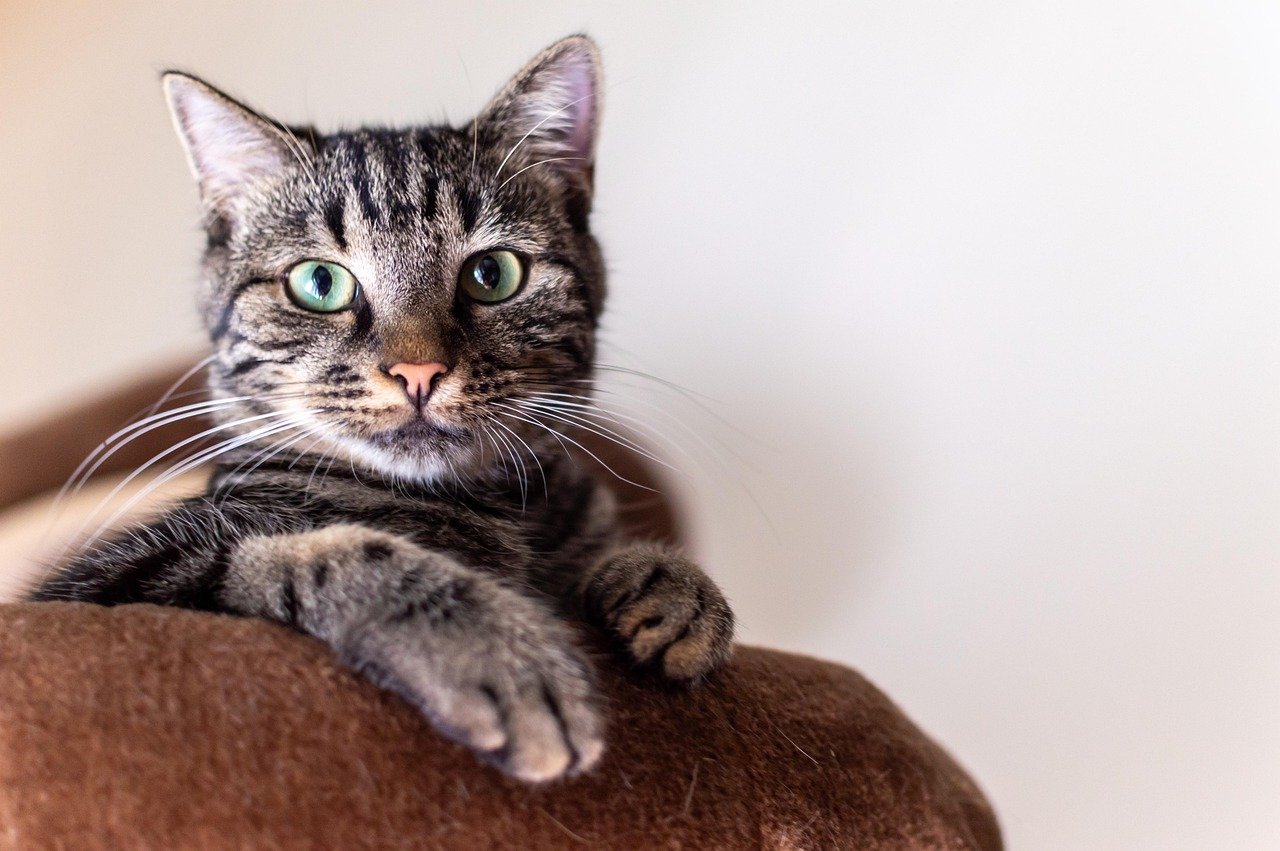
Meeting new faces can be overwhelming for sensitive cats. When someone new visits, ask them to ignore your cat at first—no reaching, no calling, just patience. Allow your cat to approach at their own pace. For new pets, introductions should be slow and controlled. Use scent swaps (like exchanging bedding) before any face-to-face meetings. Keep initial encounters brief and always supervise. It may take days or even weeks for your cat to feel comfortable, but rushing the process will only set you back. Their trust is worth every patient moment.
Understanding Triggers and How to Avoid Them
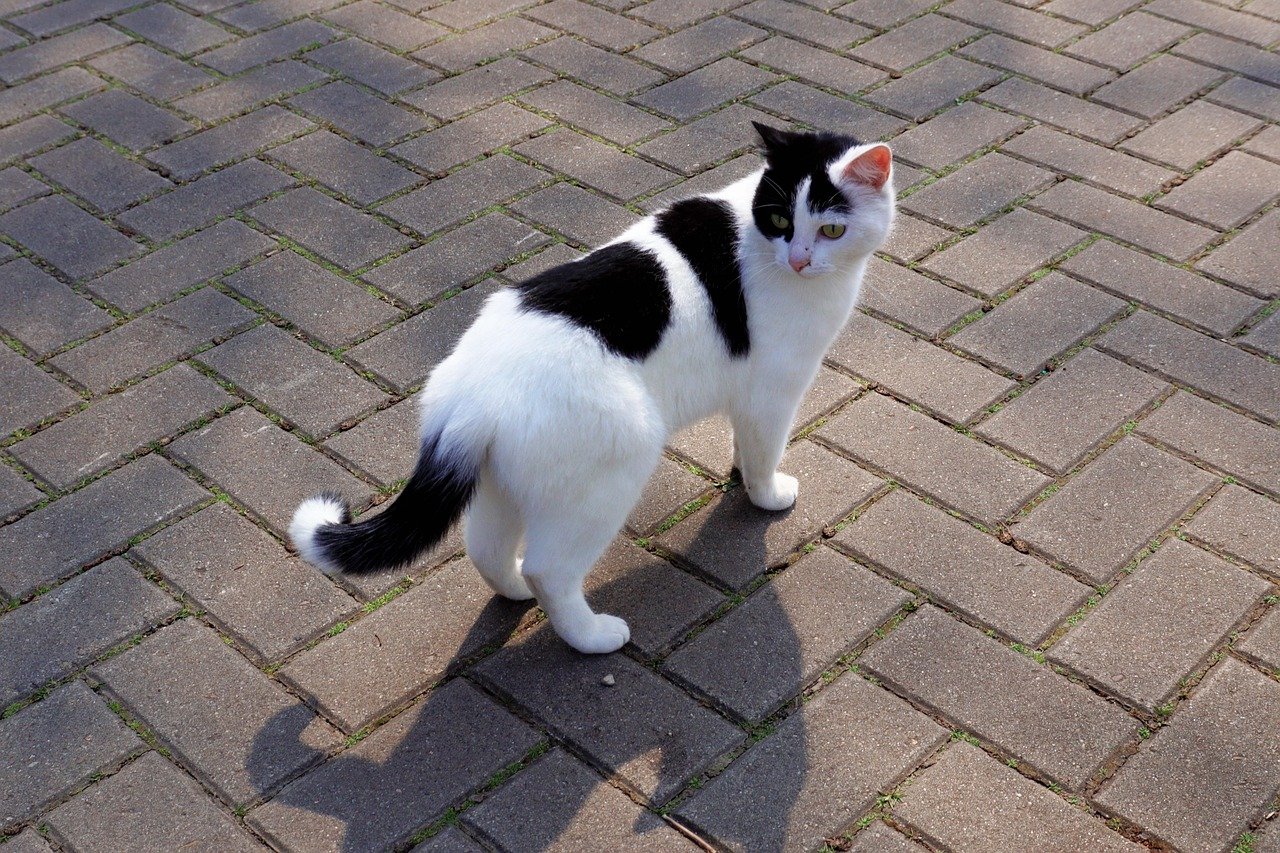
Every emotionally sensitive cat has specific triggers—things that make them anxious or fearful. It could be the vacuum cleaner, guests in hats, or even a ringing phone. Spend time observing your cat and make a list of what sets them off. Once you know their triggers, do your best to minimize exposure or soften the impact. Sometimes, just moving the litter box to a quieter spot or silencing your phone can make a huge difference. Avoid punishing or scolding your cat for fearful behavior; this only deepens their anxiety.
Playtime Without Pressure

Play is essential for every cat, but sensitive felines might need a gentler approach. Offer toys that don’t make loud noises or sudden movements. Wand toys, soft balls, or puzzle feeders are great options. Let your cat take the lead—if they show interest, join in, but if they back away, try again later. Keep play sessions short and positive. Even a few minutes a day is enough to build confidence and strengthen your bond. Remember, the goal is fun, not forcing interaction.
The Power of Positive Reinforcement

Rewarding brave or calm behavior helps sensitive cats build confidence. Use treats, praise, or gentle petting when your cat approaches you or tries something new. Never punish or scold for fearful reactions—this only erodes trust. Over time, your cat will associate you with good things and feel safer taking small risks. Keep rewards small and frequent, like a sprinkle of kibble or a gentle “good kitty.” Positive reinforcement is a powerful tool that helps turn anxiety into curiosity.
Making Vet Visits Less Stressful

Vet visits can be terrifying for sensitive cats. Start by leaving the carrier out all the time, filled with soft bedding and treats, so it doesn’t only appear before trips. Practice short car rides and reward them afterward. Choose a cat-friendly vet who understands feline body language and uses gentle handling techniques. Bring a familiar blanket or toy to help your cat feel more secure. After each visit, give your cat plenty of time to recover in their favorite hiding spot. With patience, vet trips can become less traumatic.
Recognizing Signs of Overwhelm

Sometimes, even with the best intentions, a sensitive cat can become overwhelmed. Look for signs like fast breathing, wide eyes, pacing, or vocalizing. If your cat is showing these symptoms, back off immediately and give them space. Don’t try to comfort them with handling—just let them retreat and recover. If overwhelm happens frequently, consider what changes in the environment might be needed. Your attentiveness can help prevent future meltdowns and reassure your cat that you’re always in their corner.
Helping Your Cat Adjust to Change

Life changes—like moving, new furniture, or even a different routine—can rattle the nerves of a sensitive cat. Make transitions as gradual as possible. Set up their safe space in the new environment first and stick to familiar routines. Bring along their favorite toys, beds, and blankets to provide comfort. Allow your cat to explore new areas at their own pace. Offer extra treats and quiet time together. Patience is your greatest tool during periods of change.
Providing Mental Enrichment Without Overstimulation

Sensitive cats can get bored, but too much stimulation can be overwhelming. Offer window perches for bird watching, gentle puzzle toys, or hide treats for them to find. Rotate toys regularly to keep things fresh, but introduce new items slowly. Quiet play sessions and gentle exploration keep their minds active without stressing them out. Enrichment doesn’t have to be complicated—sometimes, a crumpled paper ball or a cardboard box is all it takes to spark curiosity.
Developing a Calming Routine

A regular routine is a gentle anchor for sensitive cats. Feed them at the same times each day, and keep play and cuddle sessions predictable. Before bedtime, try a calming ritual—softly stroking their fur or playing quiet music. Routines help your cat anticipate what’s coming next, which reduces anxiety. Even on busy days, try to keep at least a few elements of the routine intact. Your consistency will help your cat feel secure, no matter what else changes.
Using Scent to Create Comfort
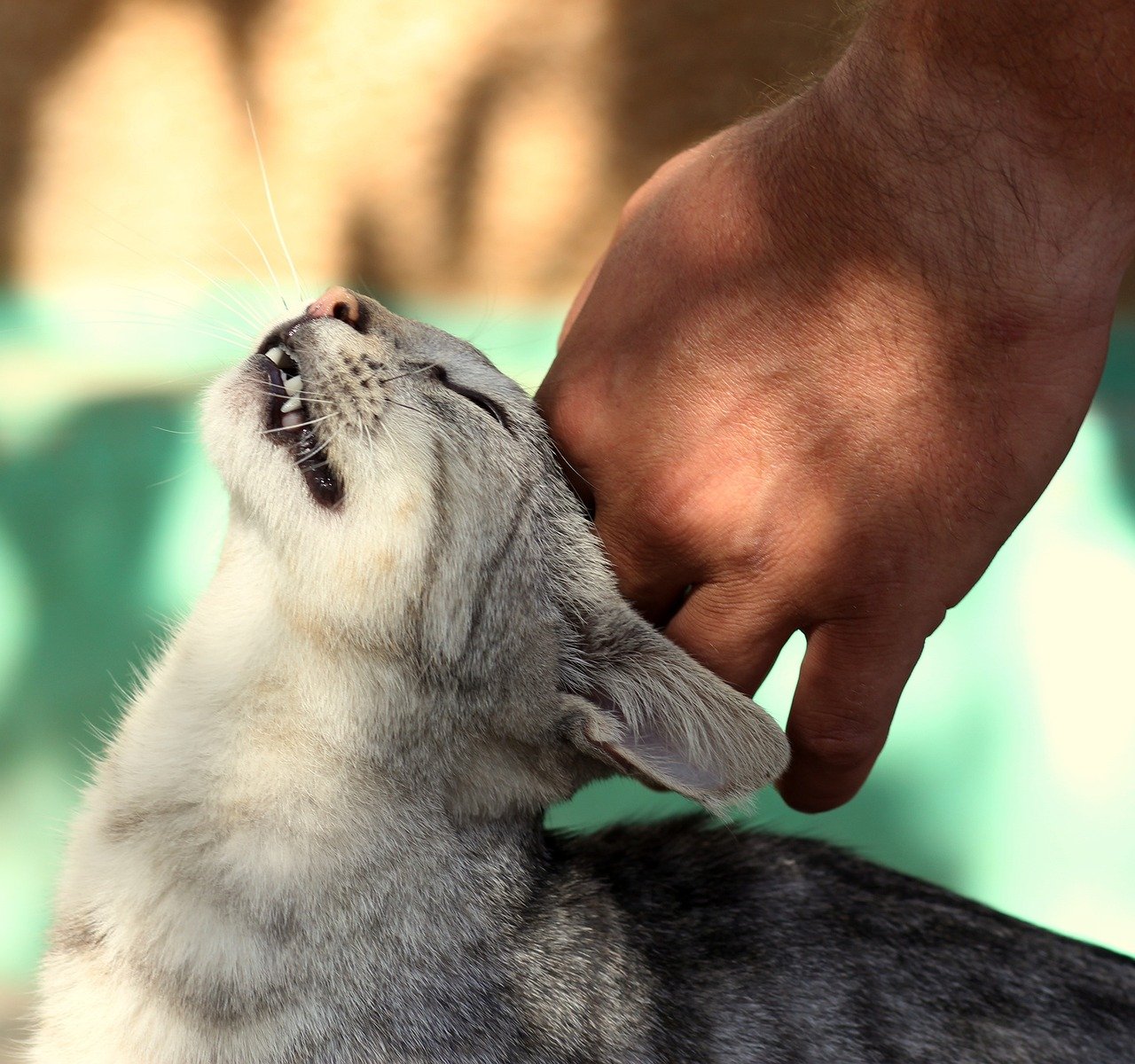
Cats experience the world through their noses, and comforting scents can make a big difference. Use your own worn T-shirt as a bed liner, or add a drop of cat-safe essential oil (like valerian) to their favorite spot. Pheromone sprays and diffusers can mimic the smells of mother cats, providing instant reassurance. Avoid strong cleaning products or air fresheners near their hiding places. Over time, familiar scents become a soothing presence, signaling safety and belonging.
When to Seek Professional Help

Sometimes, a sensitive cat’s fears can go beyond what you can manage at home. If your cat is constantly hiding, refusing to eat, or showing aggression, it may be time to consult a veterinarian or feline behaviorist. Medical issues can sometimes masquerade as anxiety, so a check-up is always a good first step. Professional help isn’t a failure—it’s a sign of love and commitment. With expert guidance, many sensitive cats can make huge strides toward confidence and calm.
Celebrating Small Victories

Progress with an emotionally sensitive cat is often slow and subtle. Celebrate every tiny step: the first time they come out to greet you, play with a new toy, or relax in a new spot. Keep a journal of these moments to remind yourself how far you’ve both come. Share your victories with friends or online cat communities for extra encouragement. Remember, every day your cat feels a little safer is a day worth cheering. Your patience and love are changing their world, one gentle moment at a time.
Hi, I’m Bola, a passionate writer and creative strategist with a knack for crafting compelling content that educates, inspires, and connects. Over the years, I’ve honed my skills across various writing fields, including content creation, copywriting, online course development, and video scriptwriting.
When I’m not at my desk, you’ll find me exploring new ideas, reading books, or brainstorming creative ways to solve challenges. I believe that words have the power to transform, and I’m here to help you leverage that power for success.
Thanks for stopping by, Keep coming to this website to checkout new articles form me. You’d always love it!



